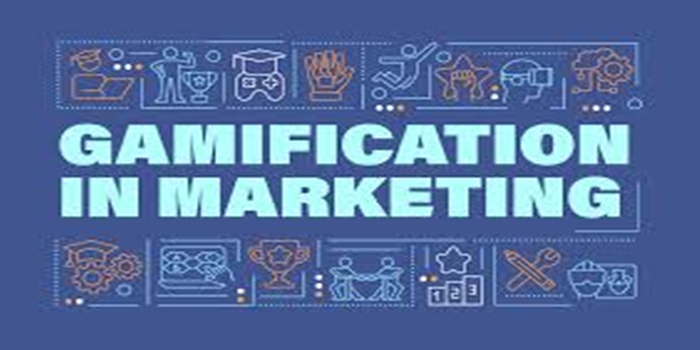In this article, we discussed the meaning of gamification in marketing campaigns, the features, the benefits, and the examples.
Definition
“Gamification in marketing campaigns” refers to the practice of incorporating game-like elements, such as points, badges, leaderboards, challenges, and rewards, into marketing strategies to increase customer engagement, loyalty, and participation by creating a more interactive and fun experience for users, essentially turning everyday brand interactions into a game-like activity.
The Features of gamification in marketing:
Game mechanics:
Utilizing elements like points, levels, badges, challenges, leaderboards, progress bars, and virtual currencies to motivate users to take desired actions.
Personalized experience:
Tailoring the gamified elements to individual customers based on their preferences and behavior to maximize engagement.
Clear goals and rewards:
Setting clear objectives for users to achieve and providing tangible rewards like discounts, exclusive access, or recognition for completing tasks.
Benefits of gamification in marketing campaigns:
Increased engagement:
Gamified elements like challenges, rewards, and leaderboards capture customer attention and encourage active participation, leading to longer interaction time with the brand.
Improved brand loyalty:
By offering exclusive rewards and recognition for completing challenges, businesses can foster a stronger connection with customers, promoting repeat engagement and loyalty.
Enhanced customer experience:
Gamification provides a fun and engaging way to interact with a brand, creating a positive customer experience.
Greater data collection:
Gamified campaigns can gather valuable customer data about preferences, behaviors, and interests through user interactions, allowing for more targeted marketing strategies.
Higher conversion rates:
By making the buying process more interactive and rewarding, gamification can lead to increased sales and conversions.
Stronger brand awareness:
Innovative and fun gamified campaigns can attract new customers and bring greater visibility to a brand.
Positive social sharing:
When customers enjoy a gamified experience, they are more likely to share it with their networks, generating organic reach.
Customer education:
Gamified quizzes and interactive content can be used to educate customers about products and services in an engaging way.
Personalized marketing:
By analyzing customer data collected through gamification, businesses can tailor marketing messages to individual customer needs.
Examples of gamification in marketing include:
Loyalty programs
Customers earn points or rewards for making purchases
Customers can unlock rewards by completing certain tasks
Quizzes
Interactive quizzes help users find products based on their preferences
Apps
Gamified apps track user progress and achievements
Gamified apps encourage users to keep interacting with the brand
Games
McDonald’s Monopoly is a classic example of gamified marketing
Users collect game pieces to win prizes
Users can play games like Wordle to engage with a brand
Other examples
A “spin-to-win” feature where users can earn discounts or prizes
A rewards program that offers points for every purchase
A points system that rewards users for reporting real-time traffic information.
Conclusion
Gamification in marketing campaigns refers to the practice of incorporating game-like elements, such as points, badges, leaderboards, and rewards, into marketing strategies to increase customer engagement, loyalty, and participation by making interactions more fun and interactive, ultimately driving desired actions like purchases or brand advocacy; essentially, it aims to create a more immersive and rewarding experience for customers, encouraging them to actively engage with a brand beyond just passively viewing ads.


